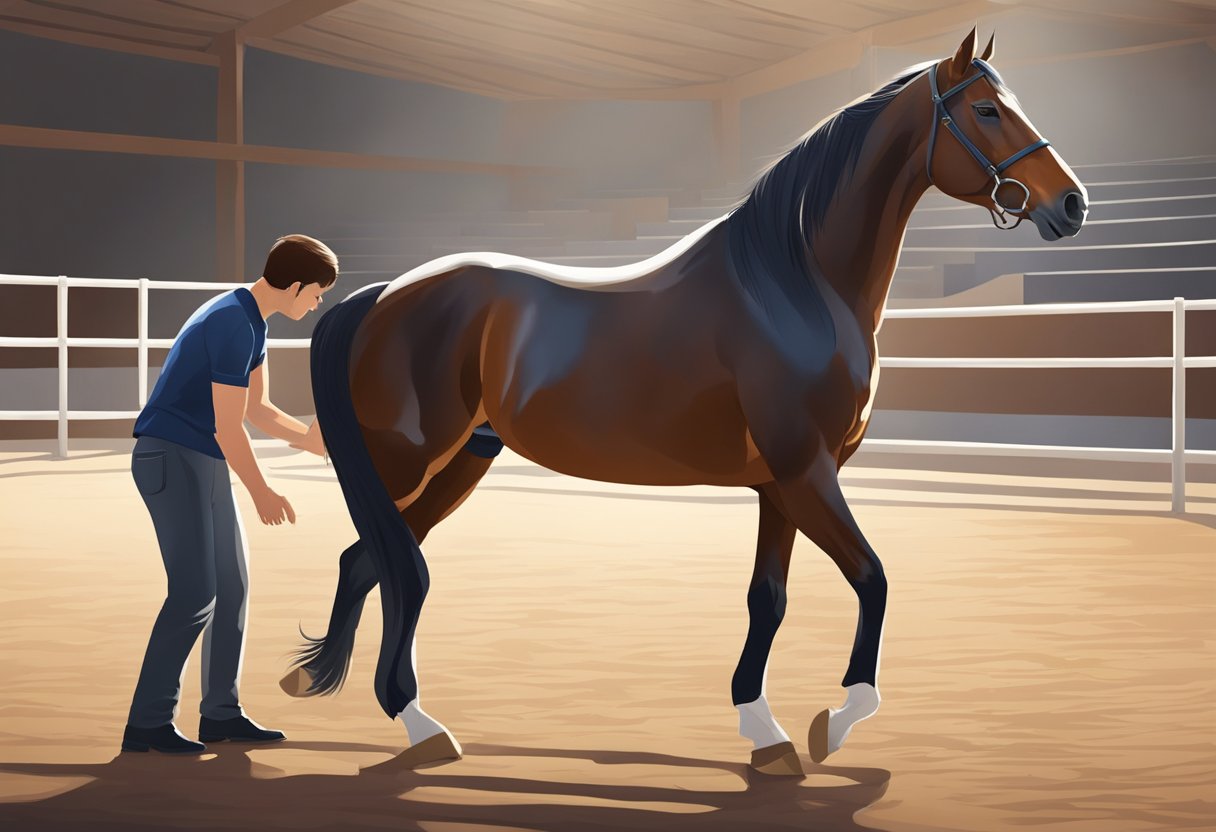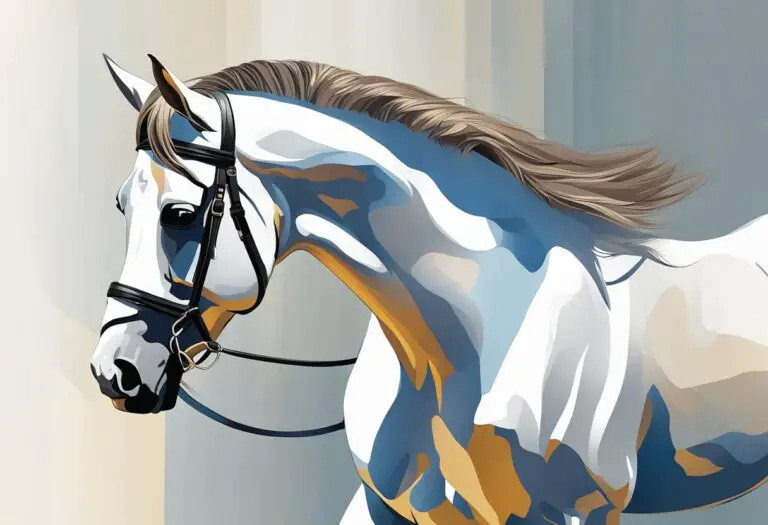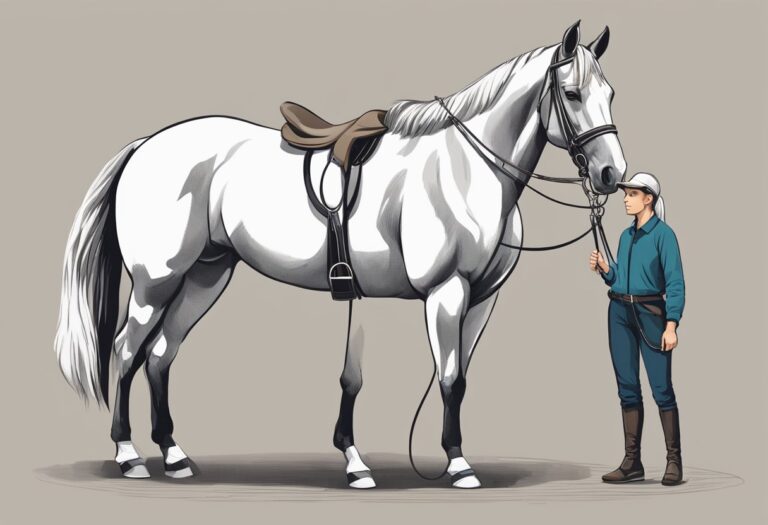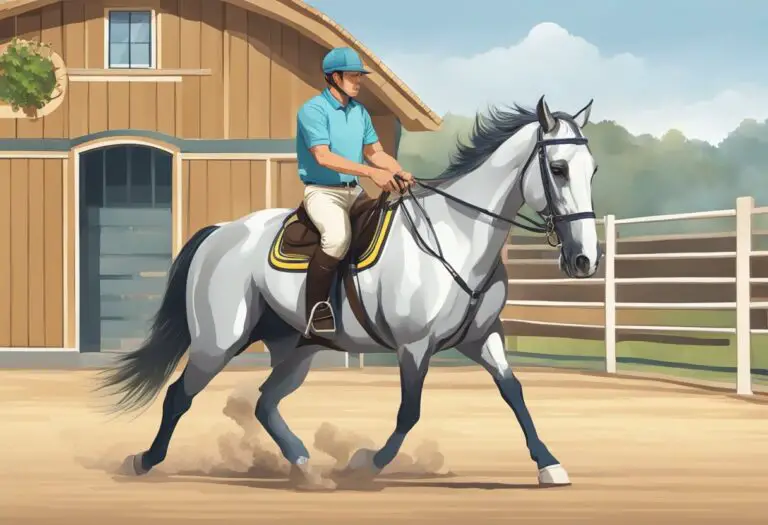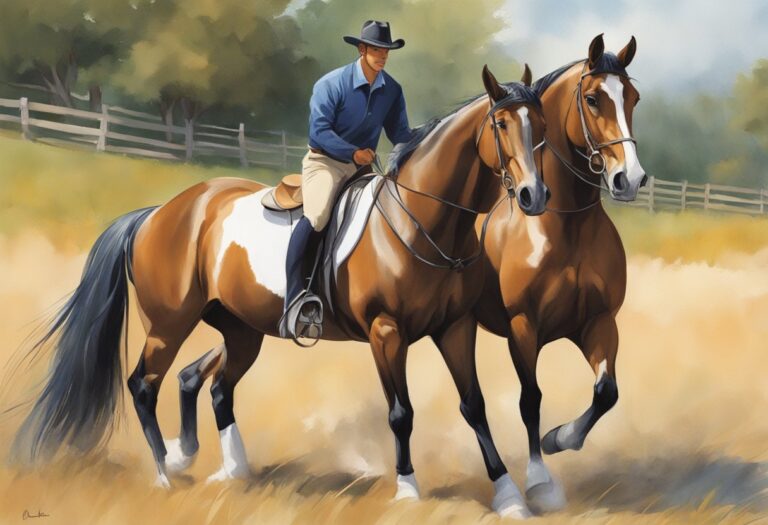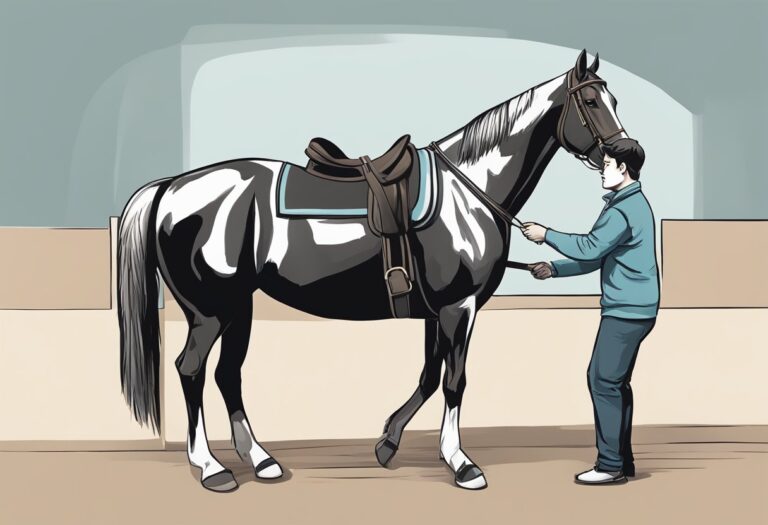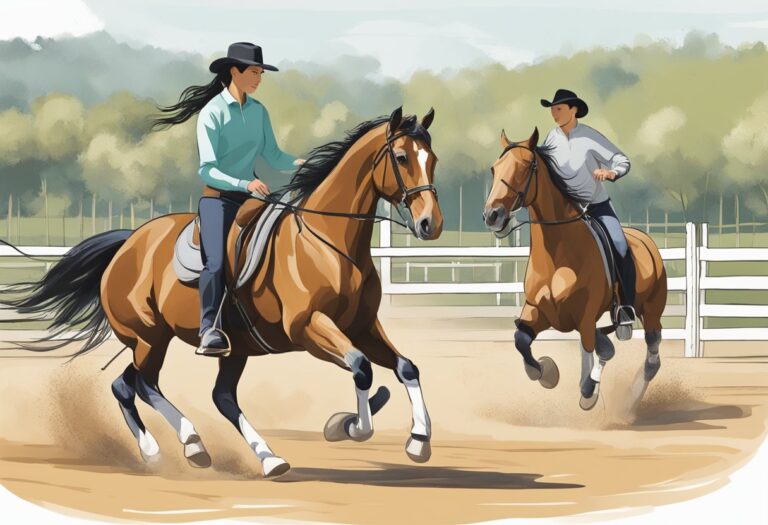When is the Best Time to Start Training a Young Horse? Expert Advice and Guidelines
Starting a young horse’s training can be a daunting task for any horse owner or trainer. It requires patience, skill, and a deep understanding of the horse’s physical and mental development. The question of when to start training a young horse is one that is often debated among horse enthusiasts, and there is no one-size-fits-all answer.
Many experts agree that the best time to start training a young horse is between the ages of two and three. At this age, the horse’s physical development is advanced enough to handle the rigors of training, but they are still young enough to be molded into the ideal riding companion. However, it’s important to note that each horse is an individual and may develop at a different rate. Therefore, it’s crucial to assess each horse’s individual readiness for training before beginning any formal training program.
Understanding Equine Development

When it comes to training a young horse, it’s important to understand their physical and mental development. This knowledge will help you determine the best time to start training and what type of training is appropriate for their age and level of maturity.
Physical Maturity
Horses reach physical maturity at around 4-5 years of age. This means that their bones, muscles, and joints have fully developed, and they are capable of handling more strenuous activities. However, it’s important to note that just because a horse has reached physical maturity, it doesn’t mean they are ready for intense training. It’s still important to gradually introduce them to new exercises and activities to prevent injury.
Mental Maturity
Mental maturity is just as important as physical maturity when it comes to training young horses. Horses typically reach mental maturity at around 6-7 years of age. This means they have developed the ability to focus and concentrate for longer periods of time, and they are better able to handle stress and new situations.
When training a young horse, it’s important to take their mental maturity into account. Pushing a horse too hard too soon can lead to stress and anxiety, which can hinder their progress and lead to behavioral issues.
In conclusion, understanding equine development is crucial when it comes to training young horses. By taking into account their physical and mental maturity, trainers can determine the best time to start training and what type of training is appropriate for their age and level of development.
Basic Training Principles

Consistency and Patience
Consistency is key when it comes to training a young horse. It is important to establish a routine and stick to it, as horses thrive on predictability and structure. This routine should include regular exercise, grooming, and feeding times.
Patience is also crucial when training a young horse. Horses learn at their own pace and may take longer to grasp certain concepts. It is important to remain calm and patient, as getting frustrated or angry will only hinder the training process.
Positive Reinforcement
Positive reinforcement is a powerful tool when it comes to training horses. Rewarding a horse for good behavior encourages them to repeat that behavior in the future. This can be done through treats, verbal praise, or even just a pat on the neck.
It is important to note that punishment should never be used as a means of training a young horse. This can lead to fear and mistrust, and may even result in dangerous behaviors. Instead, focus on rewarding positive behaviors and redirecting negative ones.
By following these basic training principles, trainers can establish a strong foundation for a young horse’s future success.
Age Considerations for Training

When it comes to training a young horse, age is an important factor to consider. Starting a horse’s training too early or too late can have negative consequences. In this section, we will discuss the pros and cons of early training and the optimal age range for starting a horse’s training.
Early Training: Pros and Cons
Early training refers to starting a horse’s training at a young age, typically between 6 months and 2 years old. While early training can have some benefits, such as establishing good habits and building trust between the horse and trainer, there are also potential drawbacks.
One of the main concerns with early training is the physical strain it can put on a young horse’s developing body. Training too hard or too early can lead to injuries and long-term damage, such as joint problems and stunted growth. Additionally, young horses may not have the mental maturity to handle the stress and pressure of training, which can lead to behavioral issues down the line.
On the other hand, early training can also be beneficial if done correctly. Gentle, consistent training can help a young horse develop good habits and prepare them for more advanced training later on. It can also help establish a bond of trust and respect between the horse and trainer, which can make future training easier.
Optimal Age Range
While there is no one-size-fits-all answer to when to start a horse’s training, there is an optimal age range to consider. Most experts agree that the best time to start a horse’s training is between 2 and 4 years old.
Starting training at this age allows the horse’s body to develop and mature, reducing the risk of injury and long-term damage. Additionally, horses at this age are typically mentally mature enough to handle the stress and pressure of training, while still being young enough to develop good habits and learn quickly.
It’s important to remember that every horse is different, and some may be ready for training earlier or later than others. It’s also important to take into account the horse’s breed, temperament, and overall health when deciding when to start their training.
Training Milestones

Groundwork Fundamentals
Before starting any riding lessons, it is essential to establish a solid foundation of groundwork fundamentals with a young horse. This includes teaching them basic commands such as “walk,” “halt,” and “turn,” as well as desensitizing them to common stimuli such as loud noises and unfamiliar objects.
Groundwork also involves teaching the horse to stand calmly while being groomed and tacked up, as well as leading them confidently both on and off the ground. These skills will not only make the horse easier to handle, but also lay the groundwork for a successful riding career.
First Saddling
Once the horse has mastered the groundwork fundamentals, it is time to introduce them to the saddle. This should be done gradually, starting with a bareback pad and gradually working up to a full saddle.
It is important to take the time to ensure that the horse is comfortable with each new piece of equipment before moving on to the next. This will help to prevent any anxiety or resistance when it comes time to ride.
First Riding Lessons
When the horse is comfortable with the saddle, it is time to introduce them to their first riding lessons. These should be short and simple, focusing on building the horse’s confidence and reinforcing the groundwork fundamentals.
It is important to remember that each horse is unique and will progress at their own pace. Rushing the training process can lead to a variety of issues, including anxiety, resistance, and even injury.
By following these training milestones and taking the time to establish a solid foundation, young horses can develop into confident, well-trained riding partners.
Health and Safety

Veterinary Check-Ups
Before starting any training with a young horse, it is crucial to have a veterinarian perform a thorough check-up. This will help ensure that the horse is physically capable of handling the demands of training. The vet should check for any underlying health issues that could affect the horse’s ability to learn and perform, such as respiratory problems or joint issues.
Regular check-ups should also be scheduled throughout the training process to monitor the horse’s health and catch any issues early on. This will help prevent injuries and ensure that the horse is progressing at a safe and steady pace.
Safe Training Environment
Creating a safe training environment is essential for both the horse and the trainer. The training area should be free of any potential hazards, such as loose fencing or uneven ground. The horse’s stall should also be kept clean and free of any sharp objects or dangerous materials.
When working with a young horse, it is important to start with basic ground training before moving on to riding. This will help the horse develop trust and confidence in the trainer, and prevent any accidents or injuries.
In addition, proper safety gear should always be used when working with horses, including helmets and appropriate footwear. This will help protect both the trainer and the horse in the event of a fall or other accident.
Overall, prioritizing health and safety is crucial when starting to train a young horse. By taking the necessary precautions and working closely with a veterinarian, trainers can ensure that the horse is set up for success and able to reach its full potential.
Advanced Training

Once a young horse has mastered the basics, it’s time to move on to advanced training. This stage of training is where the horse begins to specialize in a particular discipline and develop the skills necessary to compete at a higher level.
Discipline-Specific Training
Discipline-specific training is the process of teaching a horse the skills and techniques required for a particular discipline, such as dressage, show jumping, or reining. This training typically involves working with a trainer who specializes in the chosen discipline and can provide guidance on how to develop the horse’s skills.
During discipline-specific training, the horse will learn advanced maneuvers and techniques that are specific to the chosen discipline. For example, a dressage horse will learn how to perform movements such as piaffe, passage, and flying changes, while a show jumper will learn how to navigate complex courses of jumps.
Ongoing Education and Refinement
Even after a horse has mastered the basics and completed discipline-specific training, there is always room for ongoing education and refinement. This can involve continuing to work with a trainer to improve the horse’s skills or attending clinics and workshops to learn new techniques and approaches.
Refinement is also an important part of advanced training. This involves honing the horse’s existing skills to make them more precise and polished. For example, a dressage horse may need to work on improving the quality of their gaits or perfecting their transitions between movements.
Overall, advanced training is an important stage in a young horse’s development. It allows them to specialize in a particular discipline and develop the skills necessary to compete at a higher level. By continuing to work with a trainer and focusing on ongoing education and refinement, the horse can continue to improve and reach their full potential.

